Reading Comprehension Teaching Resources
Explore printable reading comprehension worksheets, digital activities and more to teach reading comprehension strategies in your primary classroom. Created by teachers, for teachers, the teaching resources in this collection are aligned with the Australian curriculum and have undergone a careful review by a member of our expert teaching team.
You'll find editable versions to easily differentiate your instruction for individual students, plus various options to make your lesson planning easier this school year!
New to teaching this portion of the English curriculum or just looking for fresh and engaging ways to teach reading comprehension strategies? Read on for a primer from our teacher team, including a simple definition of reading comprehension, a look at different strategies students can use and more!
What Is Reading Comprehension?
We'll start at the beginning! Reading comprehension is a skill that's hard to overestimate in terms of its importance for early years students to develop.
Defined as the ability to understand and interpret written language, reading comprehension involves the process of decoding text, extracting meaning from it, and then integrating that meaning with prior knowledge and understanding.
Not only does comprehension comprise the ability to recognise and understand individual words, but it also involves the ability to recognise patterns and relationships within sentences and paragraphs, as well as the ability to make inferences and draw conclusions based on the information presented.
This isn't just important for reading, of course.
Comprehension is all about making meaning, and it includes various levels of understanding, including:
- Literal
- Inferential
- Evaluative
- Critical
If you think about it, we rely on these skills on a daily basis — when we notice the stooped shoulders of a partner as they walk in the door or when we listen to the weather report and observe how heavily laden the sky is with grey clouds.
To develop those same skills in a reading context, our students need to build a variety of language skills, such as vocabulary knowledge, grammar and syntax, as well as cognitive processes, such as attention, memory and critical thinking.
So how do they get there? Let's talk strategies!
What Are Reading Comprehension Strategies?
As you well know, students don't start off being able to comprehend every single thing they read. But teaching them strategies to understand better and retain information will allow them to go from recognising individual words to understanding a range of texts.
Some common reading comprehension strategies include:
- Previewing — This is the process of skimming the text before reading it in detail to get an overall sense of what it is about.
- Activating Prior Knowledge — Students can draw on existing knowledge and experience to help them understand new information, such as a new text.
- Making Connections — This strategy focuses on teaching students to make connections between a text and their own experiences and understandings. Research into the science of reading has shown enhanced comprehension when students are able to connect new information to information they already know.
- Questioning — In this comprehension strategy, students ask and answer questions to clarify the meaning of the text and deepen their understanding. When you centre questioning activities around the familiar open-ended prompts of who, what, when, where, how, why, and which, students assert their understanding and identify any gaps in their comprehension of the text. Questions can be posed by a teacher, by their peers, or by the students themselves.
- Visualising — Visualisation provides both teachers and students with another means to extend their exploration of a text and deepen understanding. This reading comprehension strategy asks students to create and describe an image in their mind, centered around a place, situation, or character in the text. Visualising has been proven in research to improve student recall! Using the five senses is a great way to scaffold student comprehension through visualising.
- Summarising — Summarising is a reading comprehension strategy that asks students to reflect on the text and communicate their understanding of it. A well-formed summary is made up of the main idea of the text and the key details that support the main idea, showing that the student has understood what they’ve read well enough to write a summary that’s not merely a repetition of the text.
- When summarising, students may complete one or more of the following:
- Recount the text in their own words
- Identify the main idea, topic or purpose
- List key words or phrases
- Identify structural elements of the genre
- Using the SWBST process can help students with this reading comprehension strategy. The steps in the SWBST process are:
- Somebody
- Wanted
- But
- So
- Then
- When summarising, students may complete one or more of the following:
- Inferring — The process of drawing conclusions based on clues or evidence presented in the text is called inferring, and it involves readers using what they know and pairing it with what they read in the text to make a conclusion. You may also call this 'reading between lines!'
- Monitoring Comprehension — When monitoring comprehension, students reflect on and assess their understanding as they progress through the text. In this metacognitive process, students may ask themselves questions like 'Is this making sense?' or 'Do I need to read this again?'
- Some comprehension strategies that may be effective may include going back to reread a section of a text, slowing down or speeding up your reading rate, and using text features to help understand difficult parts of a passage. All of these are active reading strategies that students can do to help them better understand what they are reading, while they are reading!
- While monitoring asks students to identify hurdles and barriers, students also benefit from connecting this reading comprehension strategy with explicit strategies to help them pass their hurdles.
All of these comprehension strategies can be taught and practised explicitly.
- Plus Plan
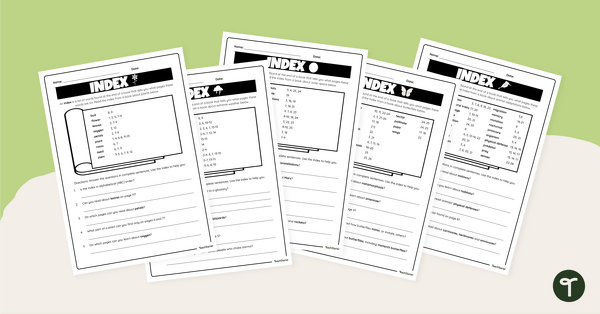
Using Indexes Worksheets
Teach students about the index text feature with this set of worksheets perfect for primary students.
- Plus Plan
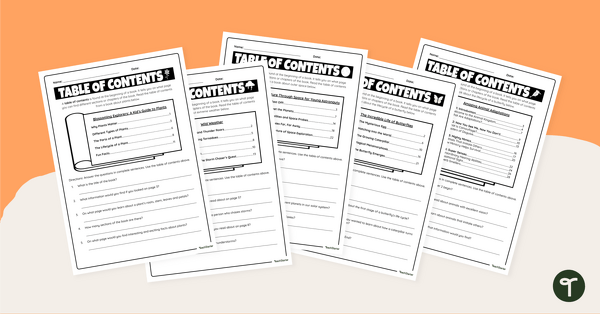
Using Tables of Contents Worksheets
Download these table of contents worksheets to provide your students with practice working with this valuable non-fiction text feature.
- Plus Plan
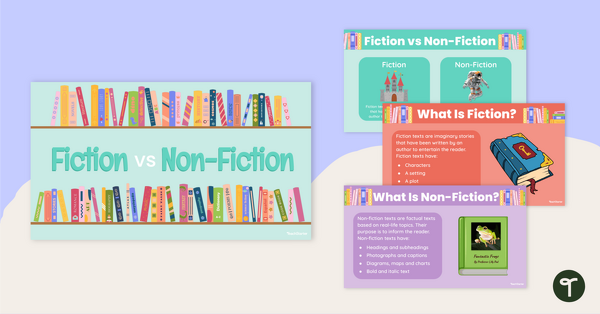
Fiction vs Non-Fiction Teaching Slides
Teach your students the difference between fiction and non-fiction books with this age-appropriate teaching presentation for early years literacy lessons.
- Plus Plan
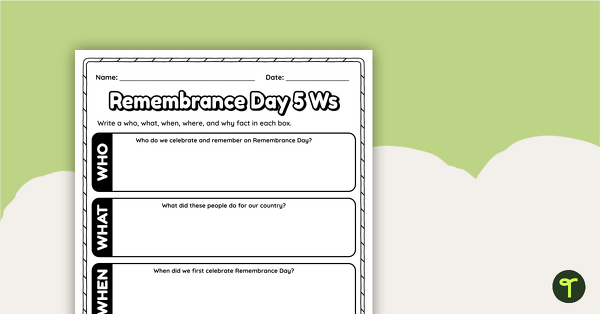
Remembrance Day Worksheet - 5 Ws Summary
Uncover the history and reason for commemorating Remembrance Day with a 5 Ws graphic organiser.
- Plus Plan

Halloween vs. Dia De Los Muertos - Reading Comprehension Worksheets
Integrate reading, writing, and celebration of world cultures with differentiated paired passages comparing Halloween and Dia de los Muertos.
- Plus Plan
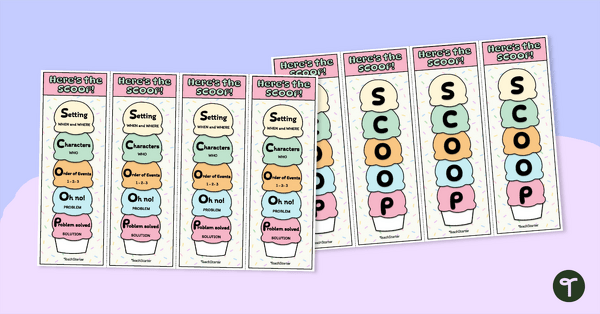
SCOOP Story Retell Bookmarks
Teach your students how to retell using the SCOOP acronym with these handy bookmarks.
- Plus Plan
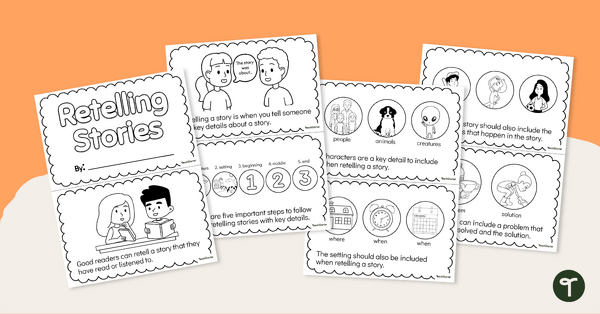
Retelling Stories Mini Book
Introduce how to retell a story using this easy to follow printable mini-book.
- Plus Plan
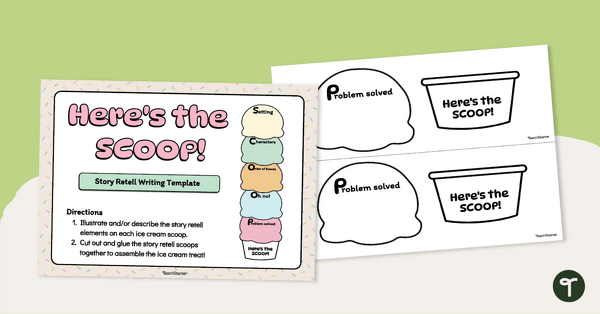
SCOOP Retell Writing Template
Help students give quality retells by using this SCOOP retell writing template.
- Plus Plan
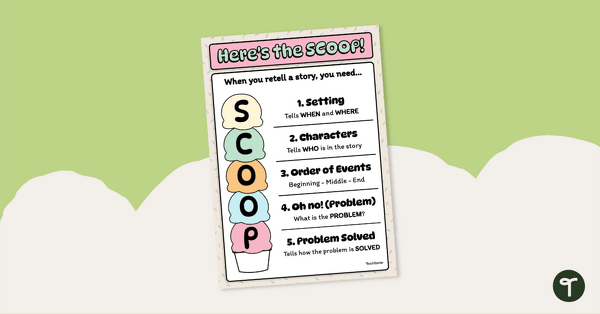
SCOOP Retelling Poster
Display this SCOOP retelling poster to help students remember how to give an effective retell.
- Plus Plan
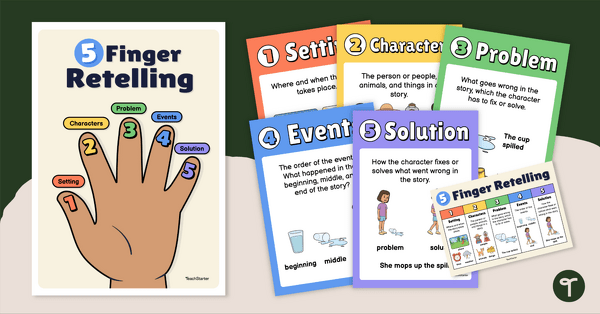
5 Finger Retell Classroom Posters
Guide students through the 5 finger retell process with this set of classroom posters and individual student guide.
- Plus Plan
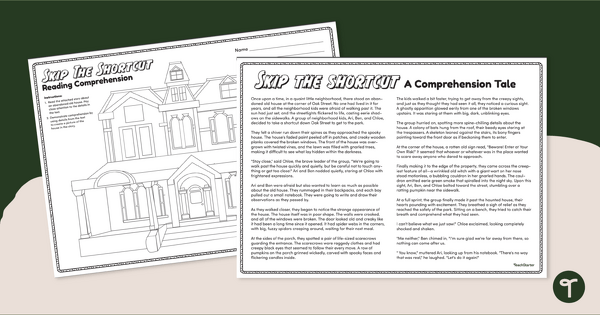
Halloween Printables - Read and Draw Worksheet
Practise comprehension skills with an exciting Halloween reading comprehension worksheet for year 4.
- Plus Plan
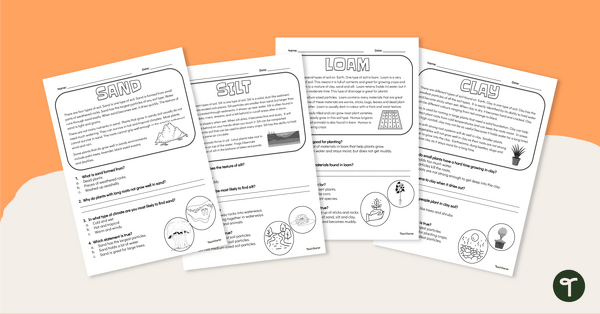
Types of Soils – Comprehension Worksheets
Explore the properties of sand, silt, loam and clay with a set of 4 reading passages with accompanying comprehension questions.
- Plus Plan
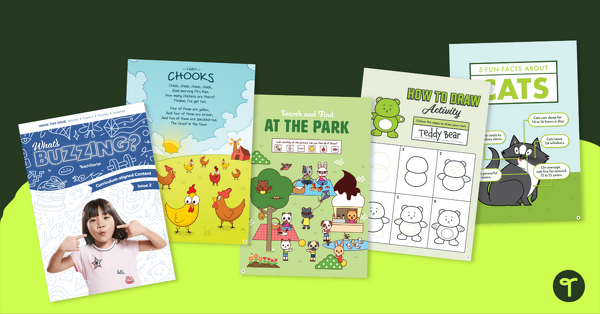
Foundation Magazine - What's Buzzing? (Issue 2)
Issue 2 of our beautifully designed, 16-page reading magazine specifically designed for Foundation students.
- Plus Plan

Foundation Magazine – What's Buzzing? (Issue 3)
Issue 3 of our beautifully designed, 16-page reading magazine specifically designed for Foundation students.
- Plus Plan
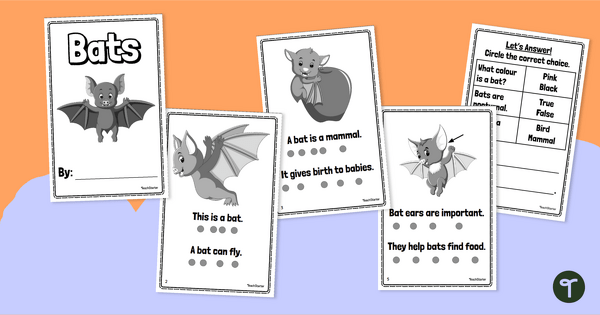
All About Bats Mini Book
Go batty for informational text with a printable bat book for early readers.
- Plus Plan
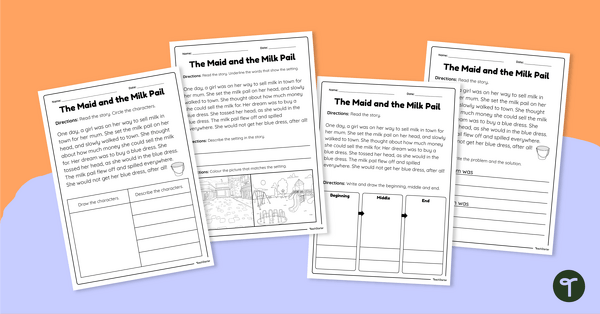
Story Elements Worksheets – The Maid and the Milk Pail
Practise identifying the story characters, settings and main events with this set of worksheets based on a traditional tale.
- Plus Plan
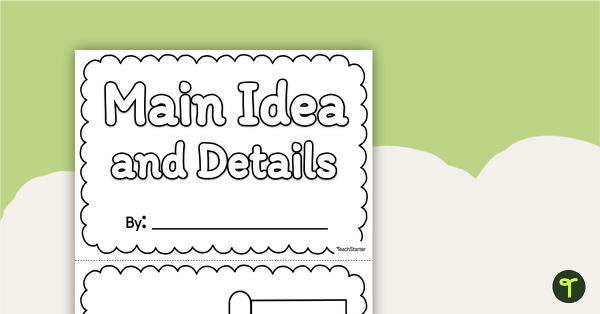
Main Idea and Details Mini-Book
Practise identifying the main idea and supporting ideas in a variety of texts by completing this mini-book.
- Plus Plan

Character or Not? - Interactive Activity
Explore the difference between characters and non-characters with this digital learning activity.
- Plus Plan
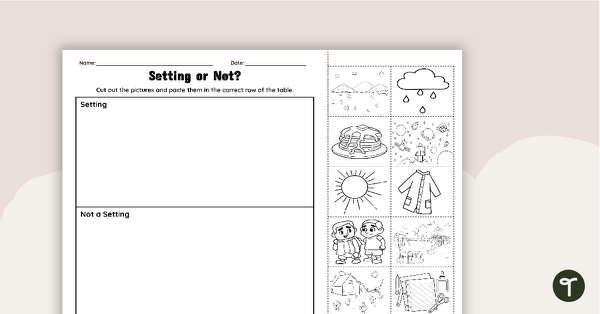
Story Setting or Not? Cut and Paste Worksheet
Explore the difference between story settings and non-settings with this cut-and-paste worksheet.
- Plus Plan

Character Traits, Motivations, and Feelings - Worksheet
Analyse character traits, feelings and motivations with this two-page worksheet.
- Plus Plan

Main Idea and Supporting Details Posters
Display this set of posters to assist in the teaching and learning of the main idea and supporting detail while reading.
- Plus Plan
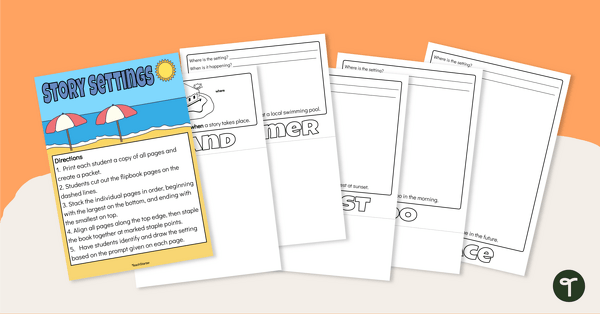
Story Settings - Flipbook
Teach your students about story settings with this hands-on flipbook.
- Plus Plan
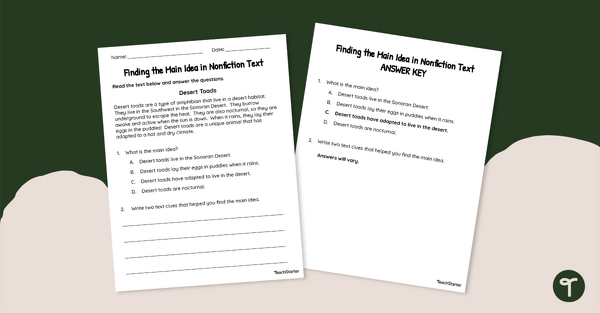
Finding the Main Idea in Nonfiction Text Worksheet
Identify supporting evidence for the main idea of an informational text passage and answer the comprehension questions.
- Plus Plan
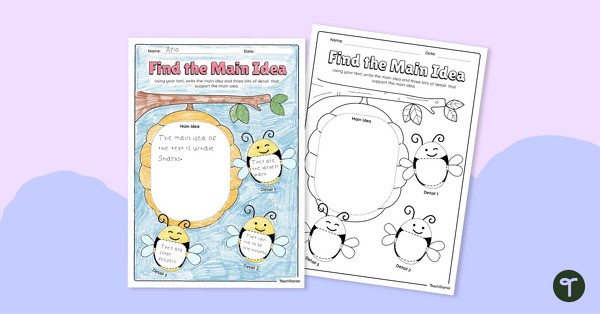
Finding the Main Idea Graphic Organiser - Beehive
A graphic organiser to help students work out the main idea and supporting detail of a text.
- Plus Plan
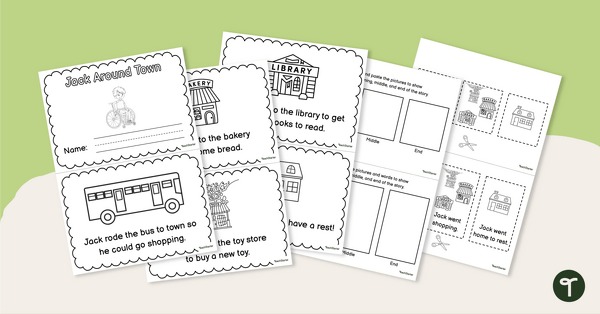
Beginning, Middle and End Mini-Book - Jack Around Town
Teach your students about the beginning, middle and end of a story with this narrative mini-book.
- Plus Plan
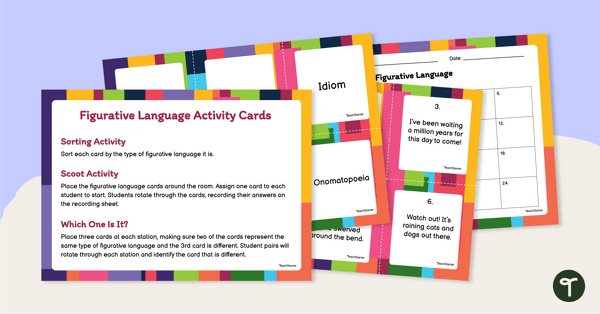
Figurative Language - SCOOT! Task Cards
Explore figurative language in multiple ways with the set of 24 task cards.
- Plus Plan
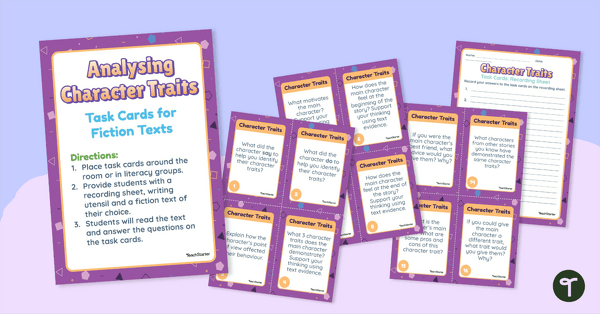
Character Analysis Task Cards
Use these task cards to practise analysing characters within any fictional text.
- Plus Plan
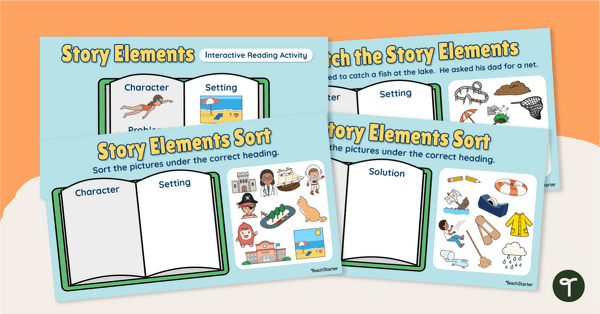
Story Elements Interactive Activity
Introduce your kindergarten and first-grade students to the elements of a story using this interactive digital activity.
- Plus Plan
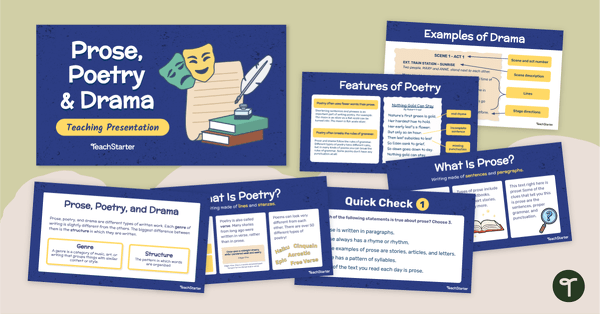
Prose, Poetry and Drama Teaching Presentation
Teach your students the difference between poetry, prose and drama with an interactive Google Slides teaching presentation.
- Plus Plan
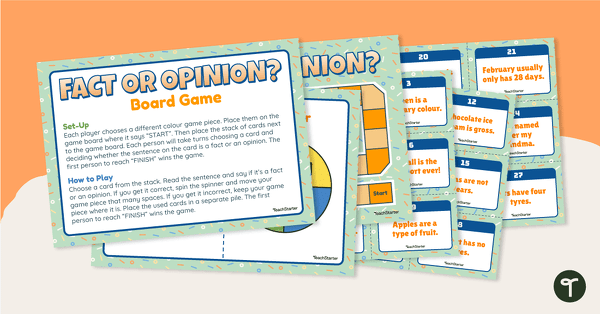
Fact and Opinion Board Game
Practise differentiating between fact and opinion with a fun and engaging board game.
- Plus Plan
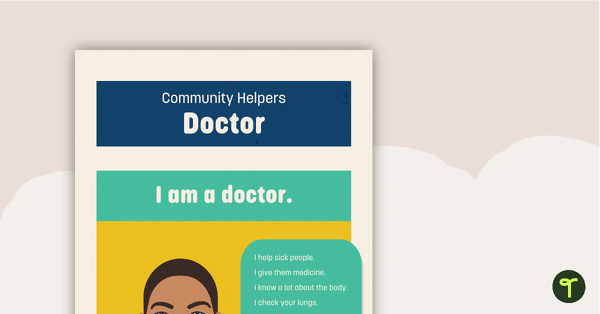
Community Helpers: Doctor – Comprehension Worksheet
A comprehension worksheet for an article from the Foundation magazine (Bonus Issue).
- Plus Plan
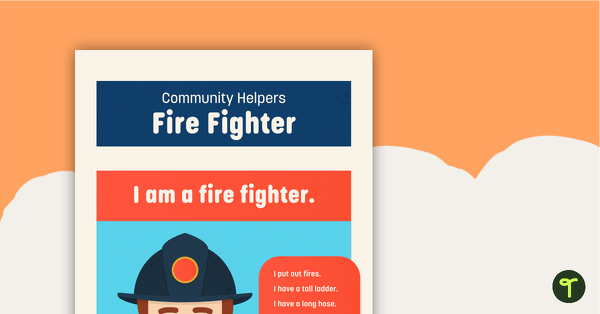
Community Helpers: Fire Fighter – Comprehension Worksheet
A comprehension worksheet for an article from the Foundation magazine (Issue 3).
- Reading Comprehension Worksheets
- Reading Comprehension Templates
- Reading Comprehension Posters
- Reading Comprehension Teaching Presentations
- Reading Comprehension Games
- Reading Comprehension for Foundation Year
- Reading Comprehension for Year 1
- Reading Comprehension for Year 2
- Reading Comprehension for Year 3
- Reading Comprehension for Year 4
- Reading Comprehension for Year 5
- Reading Comprehension for Year 6
- Reading Comprehension for Year 7